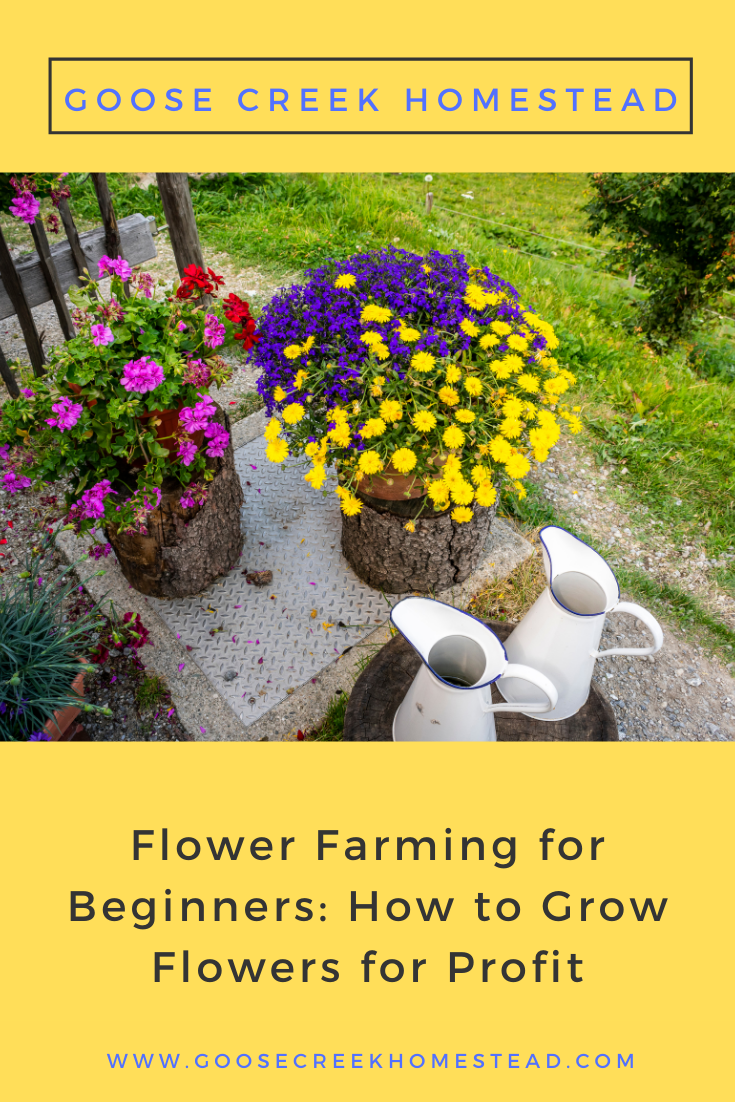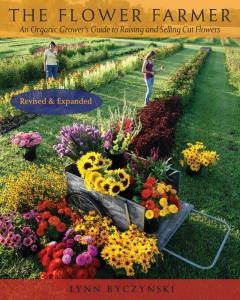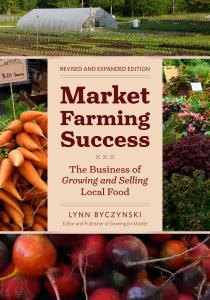Have you thought about growing flowers for profit on your homestead? Check out our beginner’s guide to flower farming to help you get started!
Vegetables and fruits aren’t the only things that can be grown in the homestead garden and sold for profit. In fact, cut flowers are one of the most profitable crops per acre, with an estimated gross of $55,00 per acre or more on a good year.
Of course, you’ll need to deduct your labor and expenses from that figure to determine how much you can actually make. If you start out small and build your cut flower business slowly, you can avoid debt. And, by adding on services like floral design, wedding flowers, and dried flowers, you can increase your income even more.
Keep in mind that flower farming is still farming, so it’s hard work that involves physical labor and long hours. But the rewards are many… being your own boss, providing valuable habitat for bees and pollinators, and working outdoors instead of behind a desk. Not to mention being surrounded by gorgeous flowers and making your living doing something you love.

How Much Land Do You Need to Start Flower Farming?
Some of the most successful cut flower farms are making a significant profit and full-time income on only two or three acres of land. However, if you were considering flower farming simply as an additional side income stream from your homestead, just a few rows of the right varieties in your existing vegetable garden might be enough to put a little extra cash in your pocket.
If your dream is to own a profitable micro-farm, flowers just might be the crop for you. Typical crops like grains, fruits, and vegetables (or livestock raised for eggs and meat) require more land and machinery for adequate production. With flowers, they can be planted, cultivated, and even harvested entirely by hand.
In fact, limits of time and labor often play a more important role in flower farming profits than the amount of available land. Flower farming is totally scalable. You can grow a little or a lot, depending on how much land and time you want to invest.
Tools and Equipment Required to Get Started with Flower Farming
In order to achieve profitability with flower farming on a small acreage, high-intensity production will be required. Here’s a list of basic tools and supplies you will need to get started. If you already have a market garden for growing vegetables, you’ll be happy to see that you probably have most of what you need on hand already.
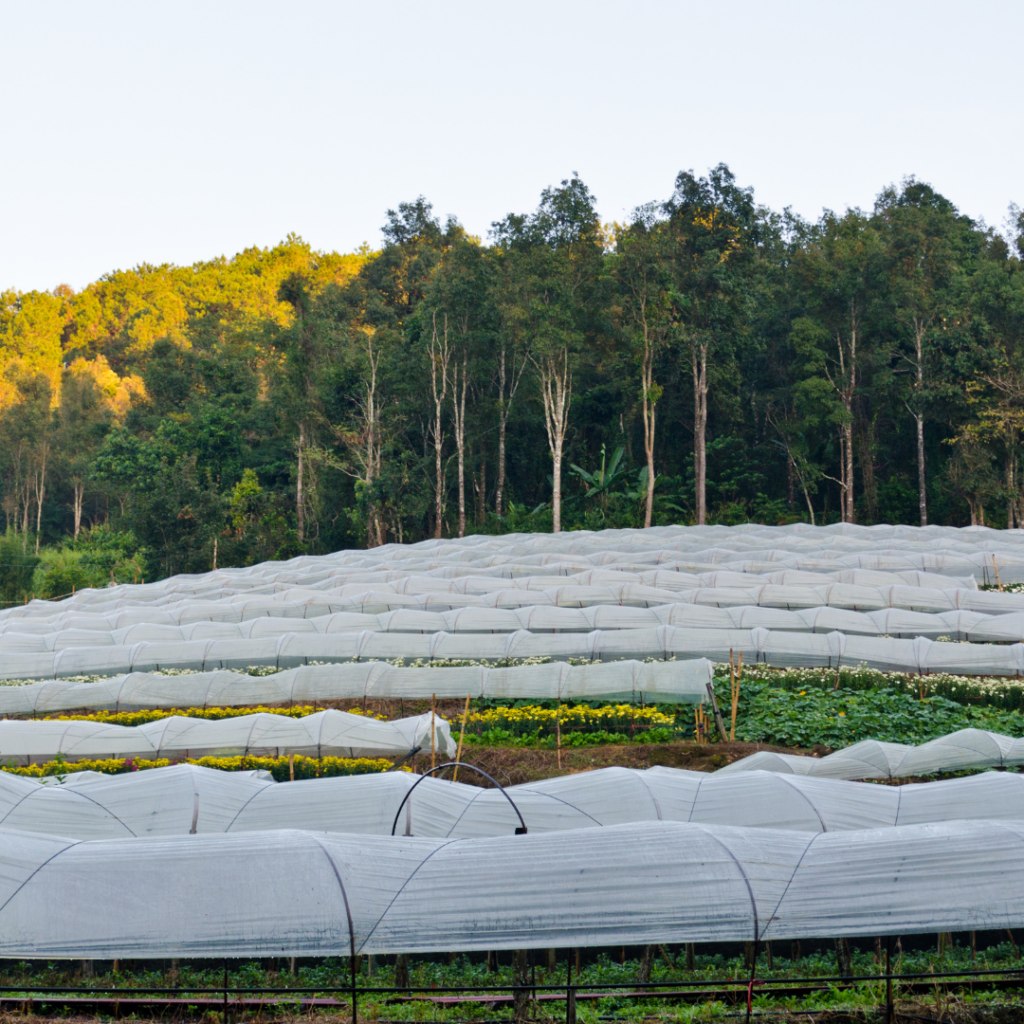
- Row covers: I would say that row covers are a must-have for every garden. We use heavy frost blankets to extend the growing season in early spring and late fall and lightweight floating row covers to protect seedlings from light frost, wind, and insects. We also have net row covers to keep insects, deer, and other critters from eating certain crops once all danger of frost has passed. I can’t imagine gardening without them.
- A hoop house and/or greenhouse: Of course you could get started without a hoop house or greenhouse to extend your growing season. That said, I can’t imagine not having them. We use ours all year round and not just for growing flowers.
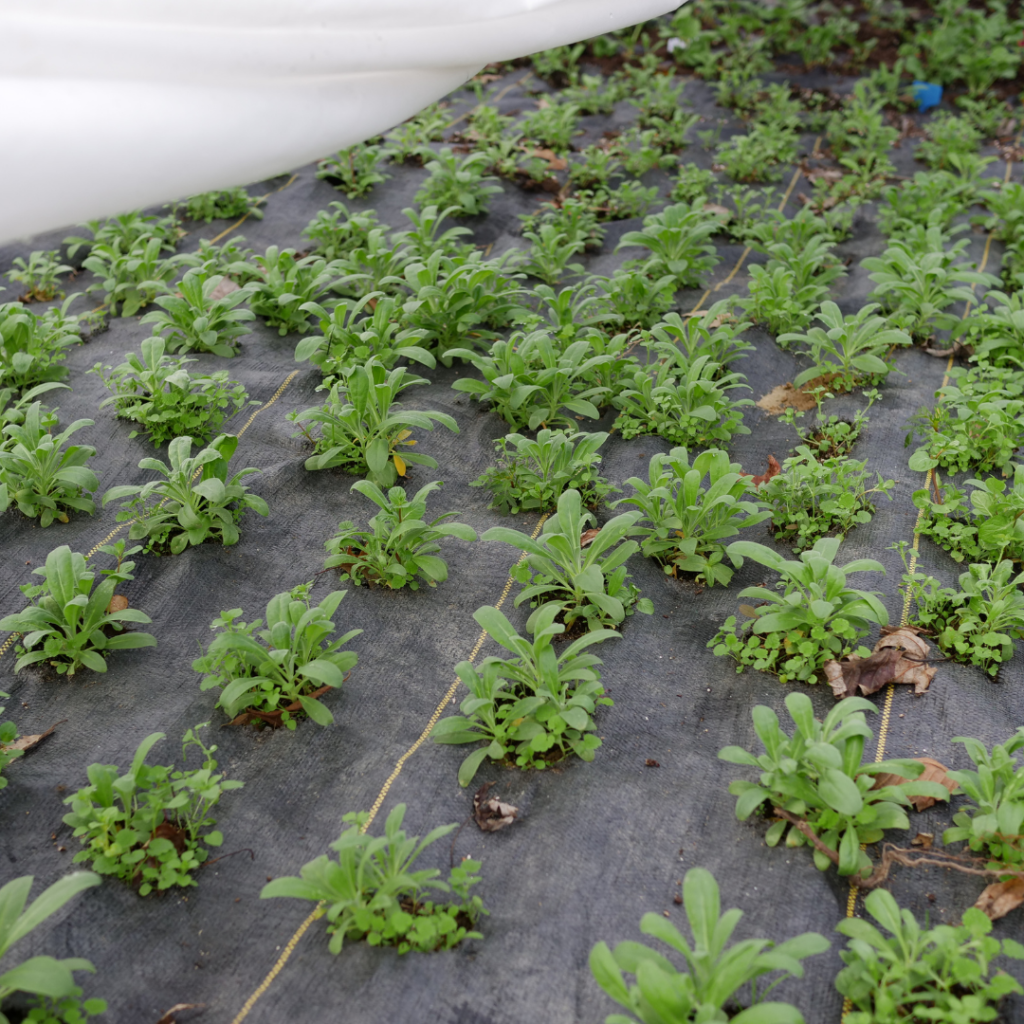
We use our hoop house for salad greens in the winter, seedlings in the early spring and fall, and for growing delicate flowers and pest-sensitive crops in the summer. We overwinter many plants in it, too.
Our little greenhouse gets used every spring for seed starting and protecting seedlings from frost until it’s time to put them in the garden. Then we throw a shade cloth over it to start our fall seedlings in late August/early September. We don’t heat it, so it just gets used for storing garden tools through the winter.
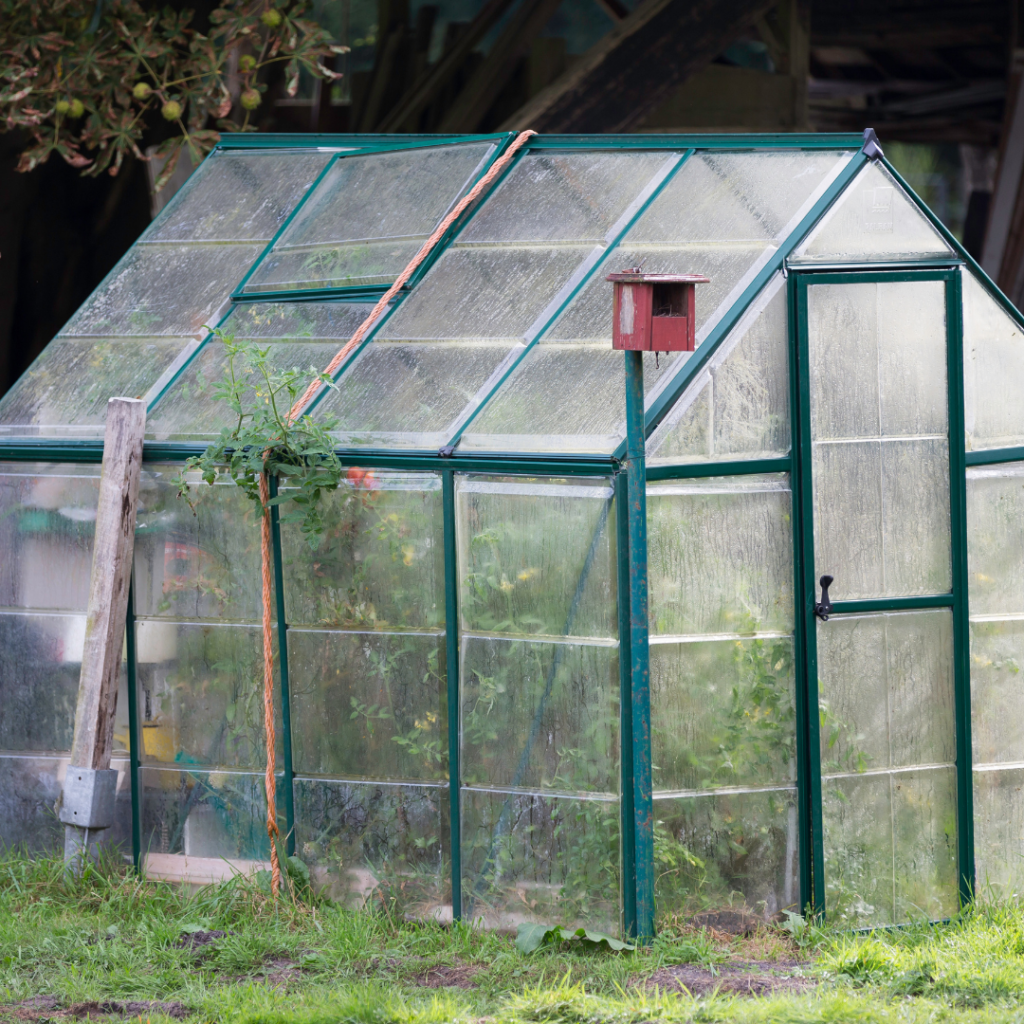
At the end of the day, whether you really need these things or not will depend on your climate, the types of crops you want to grow, and how much production you’re shooting for.
- Soil amendments: This is going to vary depending on your soil and I recommend doing a soil test before you begin adding anything to it. We add a two-inch layer of finished compost to our beds every spring plus other amendments as needed. Your soil test may indicate the need for other things like garden lime, soil acidifier, bone meal, or blood meal.
- Weed control fabric: Weed control fabric (also called landscape fabric or weed barrier) is a must-have for any sort of market farming. It saves so much labor during planting, growing, and harvesting. Here’s an excellent blog post from Floret Flower Farm on how to use it, and here’s the brand I love in case you want to give it a try.
- A grow tent: If you are planning to start seeds indoors, maybe in your kitchen, basement, or even a closet, you might want to consider investing in a grow tent. I love mine because it allows me to control the environment of my seedlings better and it keeps my pets away from them, too. We’ve added a fan for circulation, grow lights, shelving, and heat mats to ours. It’s a self-contained environment that’s perfect for seed starting when it’s still too cold to do it out in the greenhouse. I just love it and I have it tucked into the corner of my living room.
- High-quality grow lights: Grow lights are a must for indoor seed starting. They’re not all created equal, so do your research before investing your money. Here are the grow lights I use. They’re an excellent value and do a great job.
- Heated germination mats: Heated germination mats are a must-have for starting seeds indoors. They’ll improve your germination rates dramatically and they’re not that expensive.
- Shelving: You’ll need some kind of sturdy, wire shelving for starting seeds.
- Seeds: I get most of my seeds from Botanical Interests. Most of their seeds are around $2 a pack and I get fantastic germination rates. They have an amazing collection of classic must-haves plus lots of unique varieties, too. Their seed packets are beautiful and they’re covered in tons of useful information. Honestly, I just love everything about the company, from their packaging to their customer service.
- Seed starting trays: I prefer the heavy-duty seed starting trays and inserts from Bootstrap Farmer. They cost a little more upfront, but I find that they last for many years. When I was using the cheaper trays and inserts, I had to replace them every year or two at most. That’s not good for your wallet or the environment. Even worse, I had a couple of the cheap trays break on me while I was carrying them and lost two entire trays of seedlings. Not cool.
- Seed starting mix: Some people get by with regular potting soil for seed starting, but I’ve found that a finely sifted seed starting mix improves my germination rates dramatically.
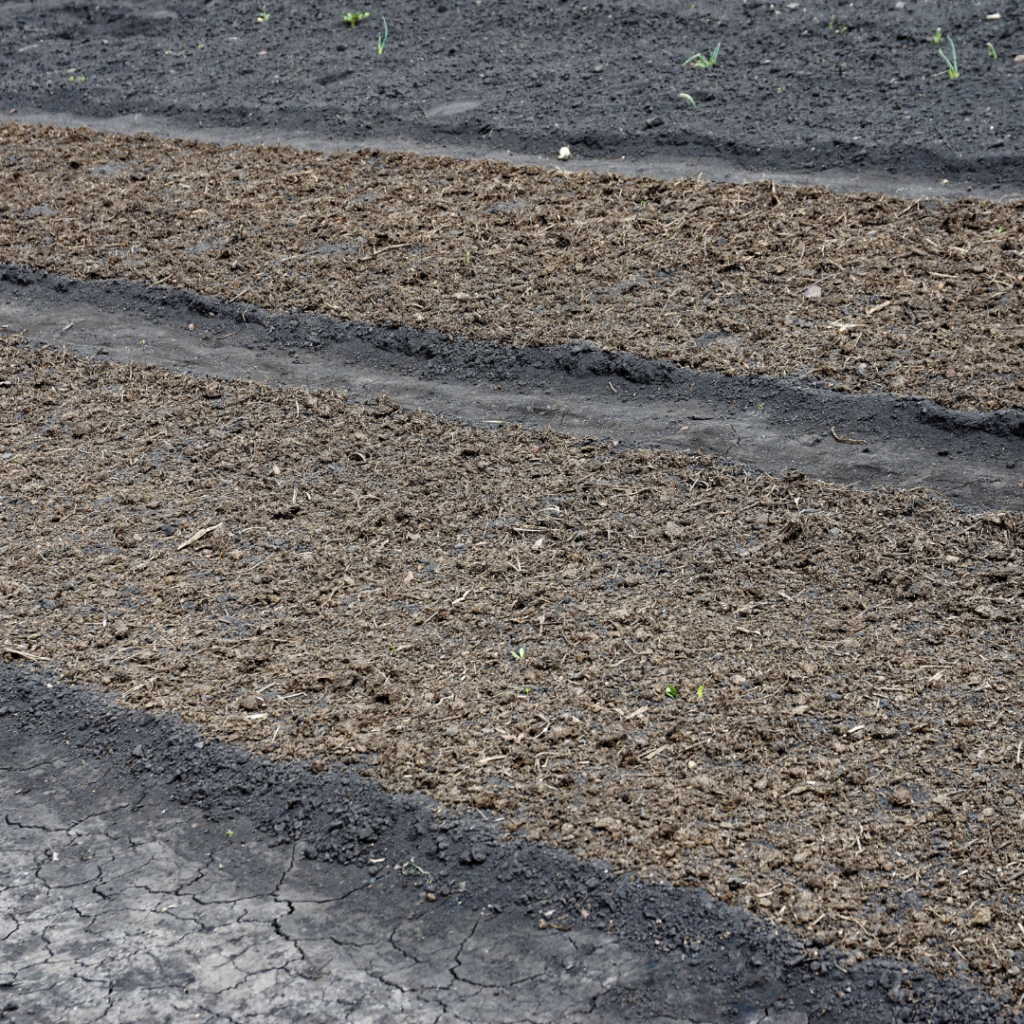
- Cultivating tools: Shovels, hoes, rakes, a broadfork, and possibly a cultivator or rototiller, depending on your soil type and gardening style. Heavy-duty tillers can often be rented, so check around to see what’s available in your area.
- Coolers: You will need a way to keep your flowers fresh until you put them out for display at the market or deliver them to your buyer. I started out with simple chest coolers like these. Now, I have two second-hand refrigerators set up in my garage for holding fresh cut flowers and arrangements until it’s time for market/delivery.
- Plastic totes: We use plastic totes like these to take all of our farm products to the market and to make deliveries. They’re easy to clean, stackable, and they hold a lot without getting too heavy to carry around.
- A van: Helpful when you start making deliveries or transporting flowers to market, but certainly not a requirement. You could make do with your personal vehicle until you outgrow it, or use whatever truck, SUV, hatchback, or utility trailer you have access to.
Obviously, this is just a very basic list of the absolute minimum equipment you’ll need to get started with flower farming. In my opinion, starting out with the basics is the way to go with any business until you know if there’s good potential for growth in your area.
Over time as your business grows, you’ll find tools and develop processes that will make your market garden more productive and reduce labor. Do consider paying cash for what you need as you go. Going into debt is never good advice… especially in these times.
Essential Flower Farming Skills for Beginning Flower Farmers
There are certain flower farming skills that the beginning flower farmer should learn before getting started.
Most importantly, you’ll need to have an excellent succession-planting plan so that you can get your next crop in the ground within days of when one stops blooming. Mastering this technique will allow you to harvest two or more crops from the same space each season. Devote a significant amount of time to learning about succession planting before you get started.
You’ll also need to learn about the ideal germination and growing conditions, planting times, harvest times, and post-harvest handling for each variety you want to grow. If you’re going to grow flowers for drying, research the best varieties and drying methods before you order your seeds.
Of course, the only way to master these skills is with hands-on experience. That’s why I recommend starting out small. But you should still take the time to research these things thoroughly before you jump in. I’ve listed a few books at the end of this blog post that will be extremely helpful.
The Easiest Flower Varieties for Beginning Flower Farmers
Certain varieties stand out as being easy to grow from seed in a variety of climates. What you want are long-stemmed varieties with abundant blooms. Browsing through seed catalogs and reading seed packets can help you figure out if a particular variety is suitable for cutting or drying. Here are some suggestions to help you get started.
- Snapdragons: Snapdragons are a favorite early summer flower that blooms prolifically in a variety of gorgeous colors. The flowers have a lovely citrus scent, long stems, and live a long time after cutting. Best of all? The more flowers you cut, the more they grow!
 Tall Maximum Blend Snapdragon Seeds – $1.89No flower farme should be without tall snapdragons. The beauty of this blend will add charm to your garden and your cut flower arrangements. A bee magnet, bumblebees climb into the “mouths” and sometimes are completely hidden! Breathtaking when planted in mass. Late afternoon shade is beneficial in hot summer areas. |
- Celosia: Celosia are heat-loving flowers that are easy to grow. You’ll find them in a variety of colors and shapes, from a crested cockscomb shape to a plumed form that works wonderfully as an accent flower in bouquets.
 Pampas Plume Tall Blend Celosia Seeds – $1.89Amazement in a vase! A must-have for bouquets, these large, feathery, golden-yellow to scarlet plumes stand out on long, straight stems and attract pollinators. In the garden, the multi-branching plants are noted for their exceptionally beautiful foliage, and along with height, are perfect for the back of the flower bed. Plants handle heat with ease and are fairly drought-tolerant. Also known as Prince of Wales feather. |
- Amaranth/Gomphrena: Another heat-loving flower that easy to grow, Amaranth and Gomphrena come in a multitude of shades with some forms looking like hanging tassels and others like adorable little puffballs. They make a beautiful base for market bouquets. Here’s my favorite variety to grow for market bouquets:
 QIS Fiery Sunrise Blend Gomphrena Seeds – $2.99“Showy” is an understatement when it comes to these bright globes of the summer garden. Not only do they sport bold colors, they add unique texture with their papery blooms. The more you cut, the more they bloom. This colorful blend becomes even more vibrant when pollinators discover it! Flowers last up to 2 weeks in the vase and are perfect for drying. Also known as globe amaranth, the tough plants don’t flinch in hot, humid weather, or even drought. |
- Marigolds: We are all familiar with these cheerful summer flowers, and they’re great for the cut flower garden, too. They are some of the most abundant, tough flowers you can grow, and they make great additions to market bouquets. You can expect to get up to 15 or 20 blooms on each marigold plant! Here’s a stunning white variety that I love to grow every year:
 Kilimanjaro White African Marigold Seeds – $2.69It took 21 years and thousands of dollars to develop a white marigold that made its debut in 1975. By growing ‘Kilimanjaro White’, you become a part of the horticultural history and determination that led this seed to your very garden. An awe-inspiring color in the world of marigolds, these 2½” vanilla-white blossoms make a fabulous contrast in any garden and cut-flower arrangement. They have a lovely, sweet scent; different from other marigolds. Marigolds attract butterflies and are fairly drought tolerant. |
- Zinnias: Zinnias are incredibly easy to grow, and they’re prolific producers of abundant blooms in a variety of sizes and colors. They are great for market bouquets in the summer, and they’re a perfect first crop for the beginning cut flower farmer. I grow many different Zinnia varieties every year, but if I had to pick just one, this Giant Purple Zinnia is a real show stopper that my customers love:
 Giant Purple Zinnia Seeds – $2.49With long, sturdy stems, these bright, 4″–6″ flowers are great for colorful, long-lasting bouquets. Zinnias are a customer favorite and so easy to grow from seed. Once they begin to bloom, they bloom and bloom endlessly until frost! ‘Giant Purple’ is heat tolerant and disease resistant. |
- Cosmos: If you want to grow a flower that keeps coming back every time you cut it, you can’t go wrong with cosmos. Every plant will produce armloads of flowers over a period of months, and the daisy-like blooms come in a vast variety of sizes and colors. The feathery foliage makes beautiful filler in arrangements, too, so they’re dual purpose. Here’s my favorite variety to grow for market bouquets:
 Double Click Blend Cosmos Seeds – $2.99Double Click Blend produces an infinite number of gorgeous, mostly double (with some semi-double) pink, white, and carmine red chrysanthemum-like blooms. Once established, it is easy to care for and drought-tolerant. Perfect for cutting, cottage gardens, and any area where you want to add a pop of pretty color or attract hummingbirds and butterflies. A Fleuroselect Novelty Award winner. |
- Sunflowers: Sunflowers are easy to grow and they are sure to attract attention to your market booth or farm stand. I grow a patch of them every year, specifically for their wow factor at the market. They can be sold individually, by the stem, often for $3 or more depending on your area, so there’s good profit in them too.
 Zohar Sunflower Seeds – $3.49Bright as the sunrise, 4″–6″ golden-yellow flowers on tall, sturdy stems are the backyard florist’s dream come true. The Hebrew word, Zohar, translates to “splendor” or “radiance”, and this sunflower has both! ‘Zohar’ blooms just 2 months from sowing, and has an extra-long vase life (up to 12 days). With one flower per plant, sow every 2 to 4 weeks for continuous summer bloom and endless bouquets. Drought tolerant. Although pollenless, they do produce nectar for pollinators. |
Don’t forget to think outside the box, too. Everything from herbs like basil and dill to wildflowers and pine cones can be incorporated into your arrangements. I’ve even added branches of tiny currant tomatoes and ornamental peppers to my arrangements and my customers loved them!
If you’ve got forsythia, jasmine, lilacs, and other ornamentals already growing on your property, you’ve got a great head start for early spring arrangements. And, don’t underestimate the value of grapevines, ferns, hostas, and other fillers for the flower farmer, too.
My point is, don’t limit yourself to what you can grow in your garden. Most of the year, there are all sorts of ornamentals and wild plants that can be incorporated into your arrangements to make them more unique and beautiful. And, of course, increase your profits!
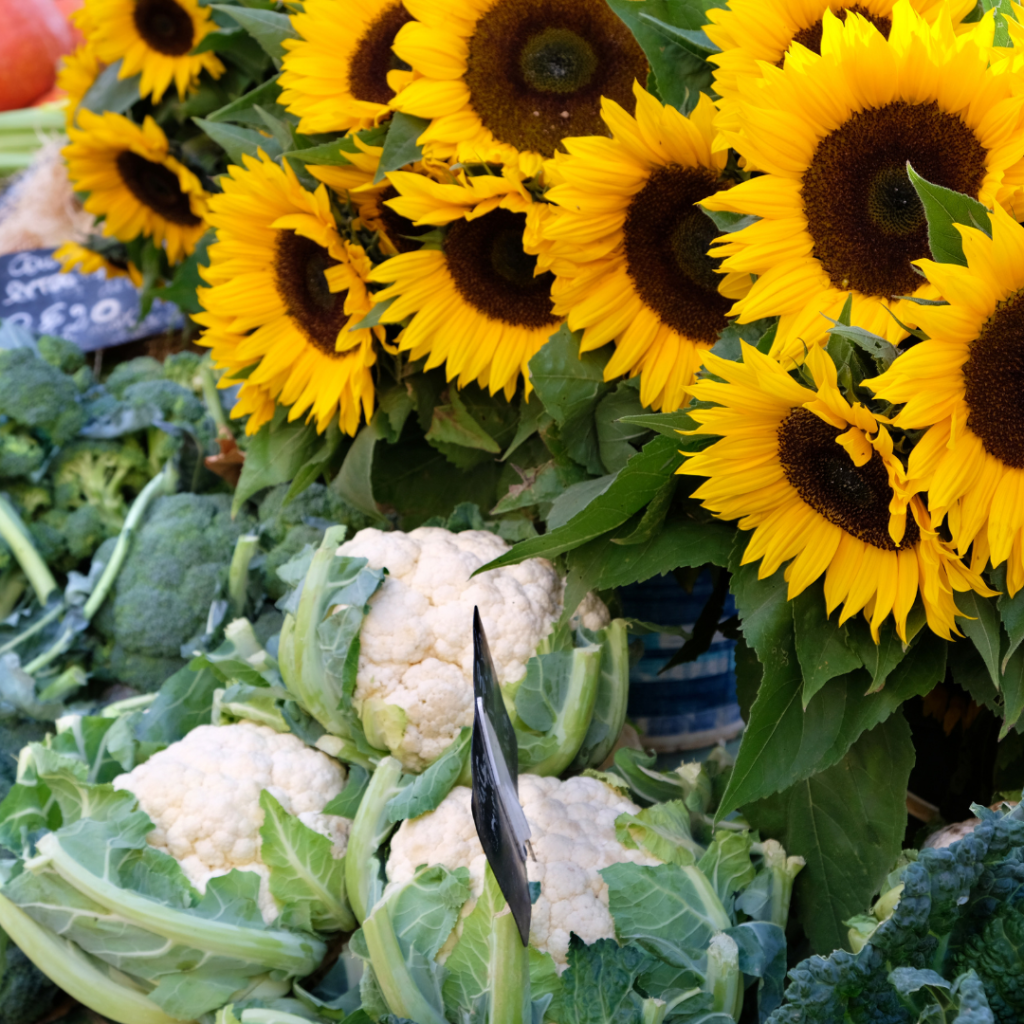
Where Will You Sell Your Flowers?
You also need to consider if you have a good outlet for selling cut flowers in your area. The amount of money you can charge for your flowers will vary significantly by your location, too. I advise starting small to allow for that learning curve.
Where you’re going to sell your flowers matters when you’re choosing varieties, too. For example, you probably won’t be selling the same varieties at the farmer’s market that you sell to your neighborhood wedding florist. If you want to grow flowers for drying to sell online, you’ll need to think about that before you order your seeds, too.
Here are some potential markets to consider:
- Farmer’s Markets: If you’re taking your crafts or produce to market every week anyway, why not grow some cut flowers for market bouquets, too? You’ll sell more flowers for more money in urban areas, but even small community markets can be profitable. And, we’ve noticed that our flowers attract customers to our booth that probably would have passed us by, so that’s an added bonus to think about.
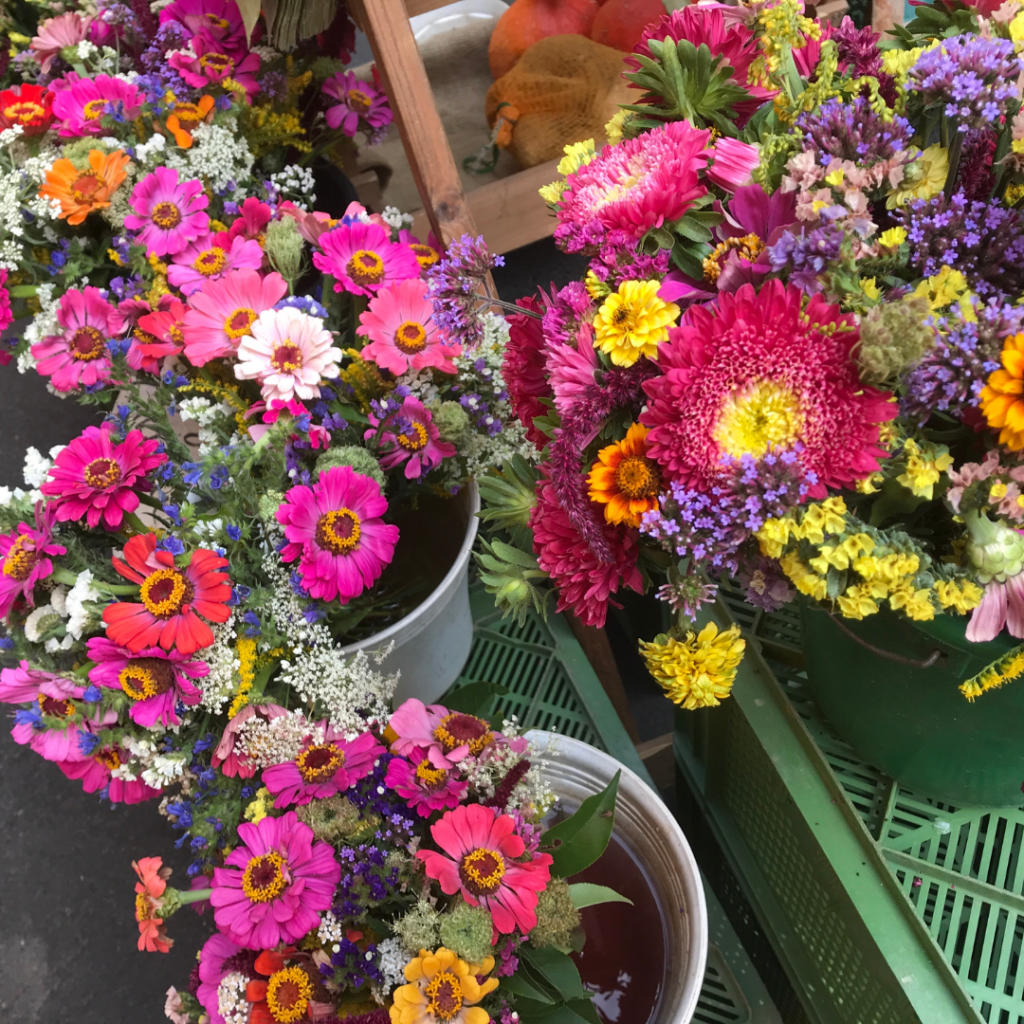
- Retail Florists: Florists in your area may be interested in purchasing locally grown flowers. Before you order your seeds, consider visiting a few shops in your area and ask them what they might be interested in. Once you’re up and growing, stop by with samples, a price sheet, and leave them your business card.
- Floral Wholesalers: Wholesalers will pay the least amount of money for your flowers, but they’ll also buy a lot at once. If you live in a remote area, a wholesaler might be a good option for you.
- Grocery Stores: Many grocery stores have floral departments and buying from local growers is becoming more and more common.
- Farm Stand Sales: If you live on a well-traveled road, you might be able to sell your flowers at a roadside stand, right next to your homegrown produce and fresh-baked cottage foods.
- Etsy and Other Online Platforms: While a small grower is probably not going to be selling fresh-cut flowers online, there is a huge market for dried flowers for crafters, as well as dried flower arrangements for home and wedding decor. Beautiful wreaths, garlands, potpourri, corsages, and so much more can all be made from dried flowers. In fact, you could base your entire flower farming business around flowers that are good for drying and sell them exclusively online if you don’t have a good market for fresh flowers. Dried flowers could also be an income stream in the off-season when you can’t grow fresh flowers.
Additional Resources for Beginning Flower Farmers
If you want to learn more about flower farming on your homestead, here are some of the books that helped me get started. I still refer to them regularly throughout the growing season, so they are definitely worth the investment if you are serious about selling flowers for profit.
If you only invest in one book, it should be this one. It covers everything you need to know, from seed starting and succession planting to harvesting and keeping your flowers fresh for market. It’s an indispensable guide for anyone who’s serious about flower farming.
If you haven’t done any type of market gardening or farming before, this book will be incredibly helpful. It explains the basics of succession planting, amending the soil, marketing your product, and much more.
-
The Flower Farmer’s Year
The Flower Farmer’s YearThis is another must-have for any flower farmer. It is a month-by-month guide that tells you exactly which tasks need to be tackled throughout the year. It covers when to start seeds, when to plant outside, succession planting, and much more. There are detailed instructions for conditioning flowers after harvest and tips for marketing your business, too.
Final Thoughts: Flower Farming for Beginners
Whether you decide to grow a few rows of flowers to sell alongside your produce at the local market, or you grow enough to get the wholesalers interested, flower farming can be a fun and profitable endeavor for your homestead. Remember to start small and give yourself time to learn what grows and sells well in your area. And, if you live in a rural area without a good market for flowers, consider growing dried flowers and turning them into beautiful arrangements to sell online.

